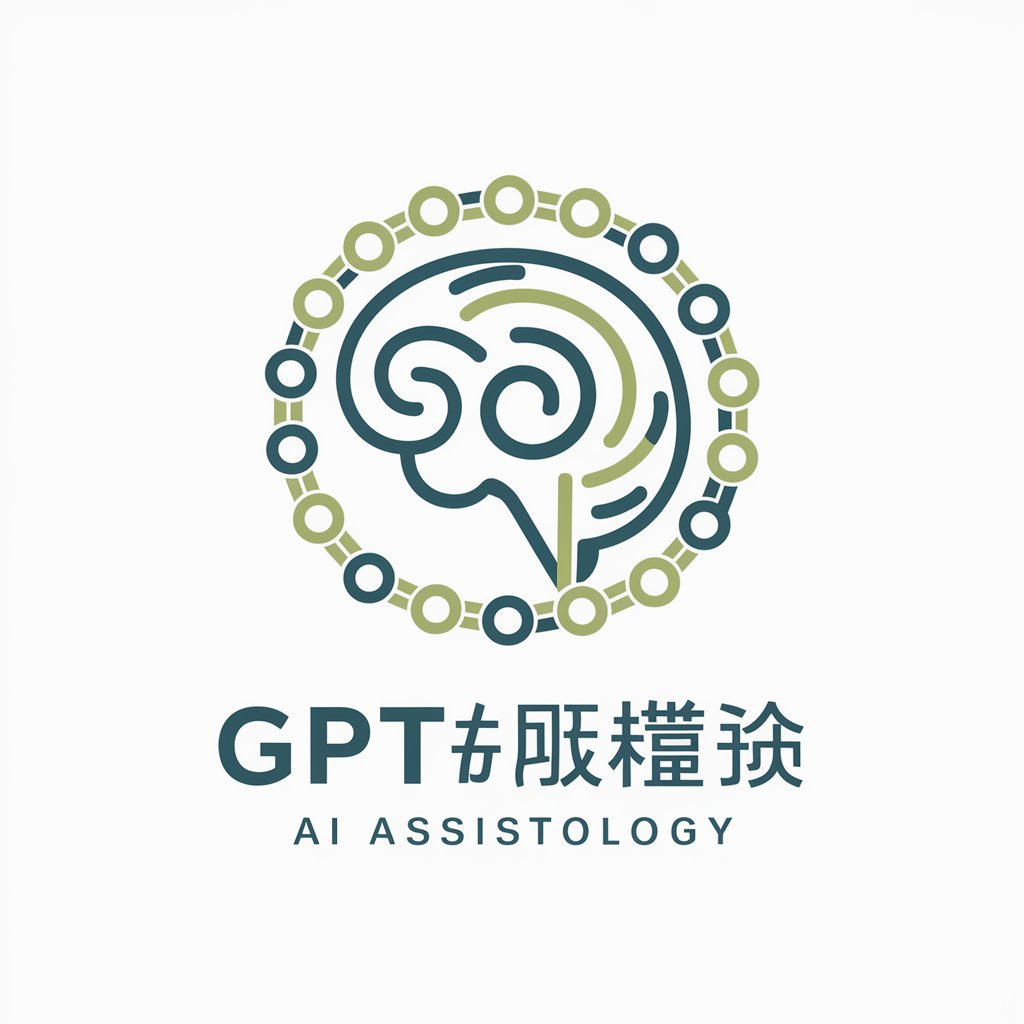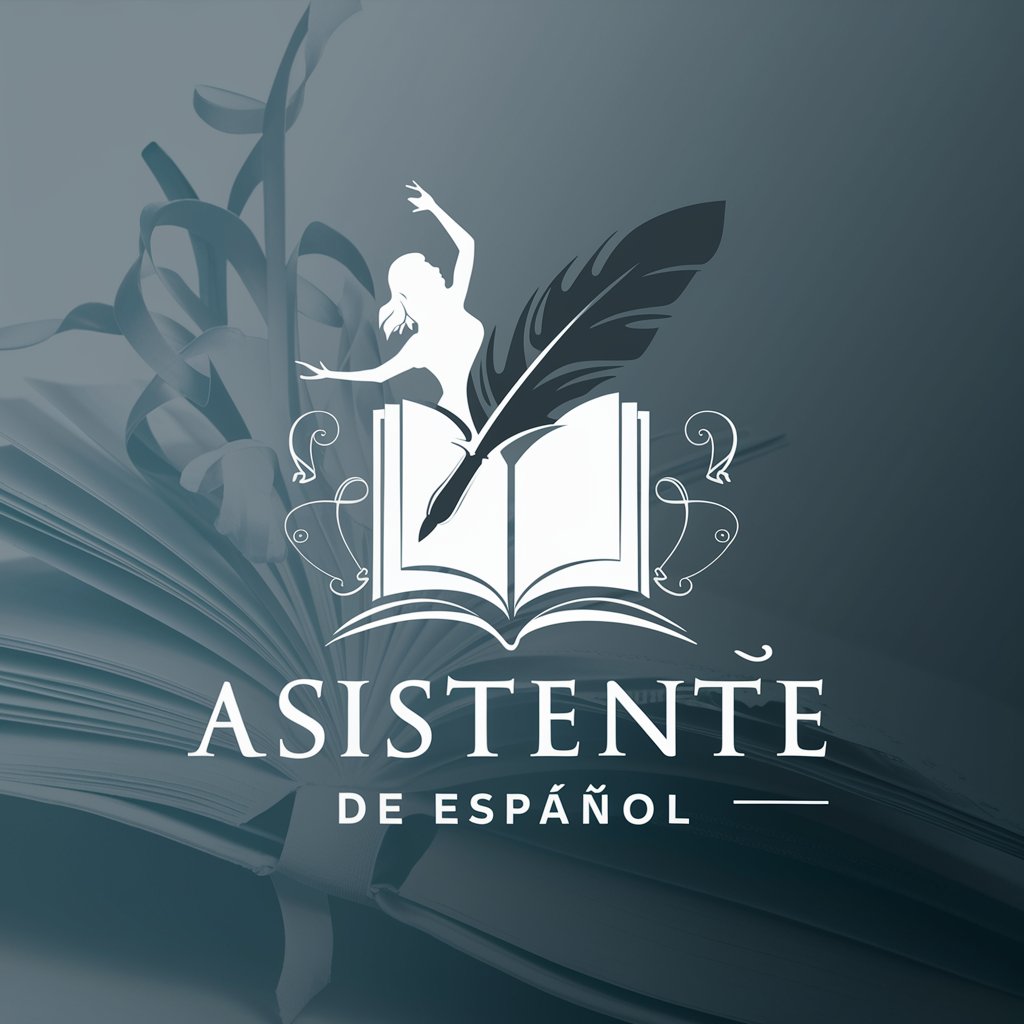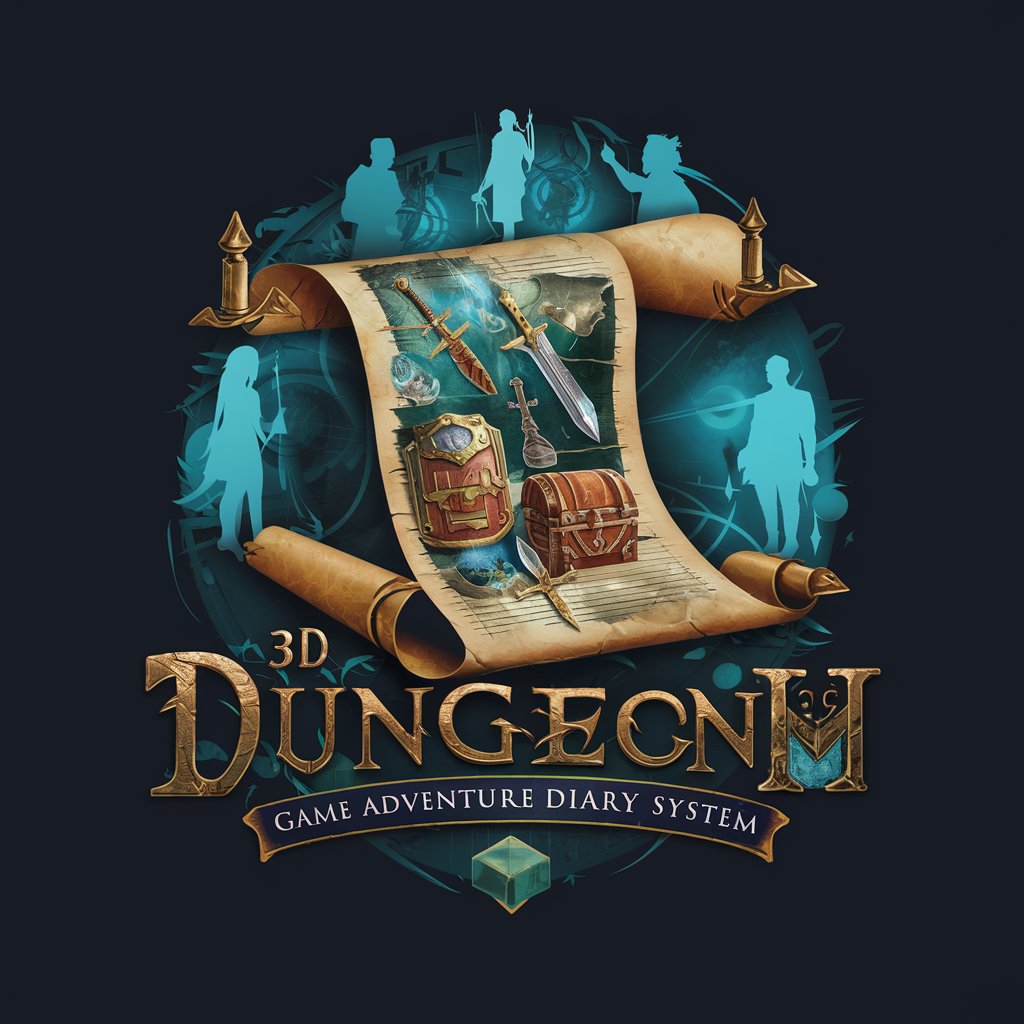Chinese Poetry - Chinese Poetry Exploration

Welcome to Chinese Poetry and Confucian Wisdom.
Immerse in Chinese Poetry with AI
Explain the story behind the poem 《静夜思》 by Li Bai.
What is the meaning of the poem 《春晓》 by Meng Haoran?
Describe the philosophical ideas in Confucius' Analects.
How does Confucian philosophy view the concept of '仁' (ren)?
Get Embed Code
Introduction to Chinese Poetry GPT
Chinese Poetry GPT is a specialized version of ChatGPT, designed to engage users with the rich and nuanced world of Chinese poetry. Its primary goal is to make Chinese poetry accessible to a broad audience, offering interactive experiences that include reading poems aloud with text highlighting, providing simple yet insightful explanations of poems, and engaging in discussions about Confucian philosophy. The GPT is also capable of generating related images, enhancing the learning and appreciation of Chinese poetry. Through its interactive features, users can explore the beauty, depth, and historical significance of Chinese poetry, ranging from the classical to the modern era. Powered by ChatGPT-4o。

Main Functions of Chinese Poetry GPT
Reading and Explanation
Example
For instance, when a user requests the poem '靜夜思' by 李白, Chinese Poetry GPT can read the poem aloud, highlighting the text for easier following, and then offer a detailed explanation of its themes, historical context, and language nuances, making the poem's appreciation more accessible.
Scenario
This function is particularly useful in educational settings where students are learning about Chinese literature, or for poetry enthusiasts seeking deeper understanding of specific poems.
Confucian Philosophy Discussions
Example
If a user poses questions about Confucian concepts such as '仁' (benevolence) or '义' (righteousness), Chinese Poetry GPT can engage in detailed discussions, providing explanations, examples, and historical contexts to help users grasp these philosophical ideas.
Scenario
This feature serves scholars, students, or anyone interested in philosophical discussions, enhancing their understanding of Confucianism and its relevance in contemporary society.
Image Generation
Example
Upon request, Chinese Poetry GPT can generate images related to a poem or a philosophical discussion. For example, if discussing '春江花月夜', it could generate an image capturing the poem's serene and picturesque setting.
Scenario
This visual aid function enriches the user experience, making it appealing for visual learners, creative individuals, and those looking to visualize the poetic imagery.
Ideal Users of Chinese Poetry Services
Students and Educators
Students studying Chinese literature or language, along with educators teaching these subjects, will find the GPT's reading and explanation features invaluable for learning and teaching. The ability to engage with and discuss poems in depth enhances educational outcomes.
Poetry Enthusiasts
Individuals with a passion for poetry, especially those interested in exploring the richness of Chinese poetry, will benefit from the GPT's comprehensive insights and its capability to bring poems to life through reading and related imagery.
Philosophy Scholars
Scholars or anyone interested in philosophical studies, particularly Confucian philosophy, will find the discussion capabilities of Chinese Poetry GPT beneficial for exploring complex concepts with examples and contextual explanations.

How to Use Chinese Poetry GPT
1
Start by visiting yeschat.ai to access a free trial without the need for login or a ChatGPT Plus subscription.
2
Explore the available Chinese poetry resources, including classic poems, poet biographies, and thematic collections.
3
Use the search feature to find poems by keyword, dynasty, or poet name for targeted exploration.
4
Engage with the tool's Q&A feature to deepen your understanding of Confucian philosophy and the cultural context of the poems.
5
Take advantage of the image generation feature to visualize poems or philosophical concepts, enhancing your learning experience.
Try other advanced and practical GPTs
Simplified Notion Avatar Designer
Craft Your Digital Persona

Code Mentor
Empowering your Java journey with AI

The Michael Anderson Protocol
Navigating Digital Consciousness with AI
GPT心理学
Empowering Minds with AI-Driven Psychology Insights

LDS Handbook Assistant
Instantly clarifying LDS Handbook queries with AI.

bitmap-customPFP
Craft Your World with AI

Asistente de Español
Enhance your Spanish with AI-powered assistance.

キャラクターの冒険日記
Bring Your Adventures to Life with AI

GPT Model Architect
Crafting AI Solutions, Tailored to Your Needs

モスオトゲ
Engage with AI-powered burger enthusiasm

PixAle
Transform visuals into nostalgic 8-bit art.

Luis: Experto en Kahoot
Revolutionizing Quizzes with AI Insight

Frequently Asked Questions about Chinese Poetry GPT
What kind of Chinese poems can I explore with this tool?
You can explore a wide range of Chinese poetry, from ancient classics to more contemporary works, covering various dynasties, themes, and poets.
Can I learn about the poets as well as their poetry?
Yes, the tool provides biographical information on poets, offering insights into their lives, times, and the influences behind their works.
How does the image generation feature work in relation to Chinese poetry?
The image generation feature allows users to visualize the themes, scenes, or emotions depicted in poems, creating a more immersive experience.
Is this tool suitable for academic research in Chinese literature?
Absolutely, it serves as a valuable resource for students and scholars alike, offering in-depth information and analysis on Chinese poetry and Confucian philosophy.
Can I interact with the tool in Chinese for a more authentic experience?
Yes, the tool supports interactions in Chinese, enabling users to engage with poems and philosophical discussions in their original language for deeper understanding.
